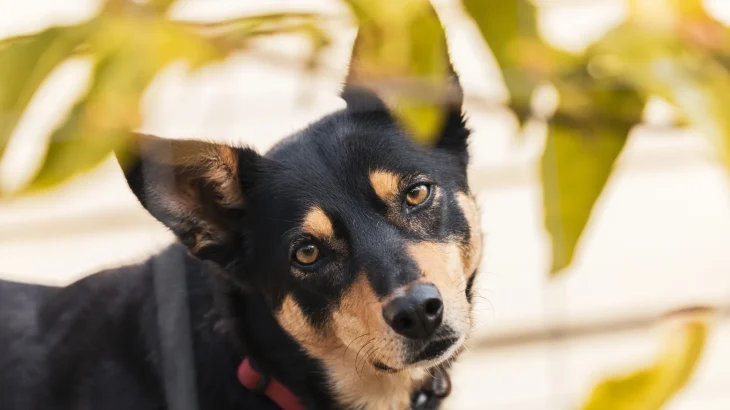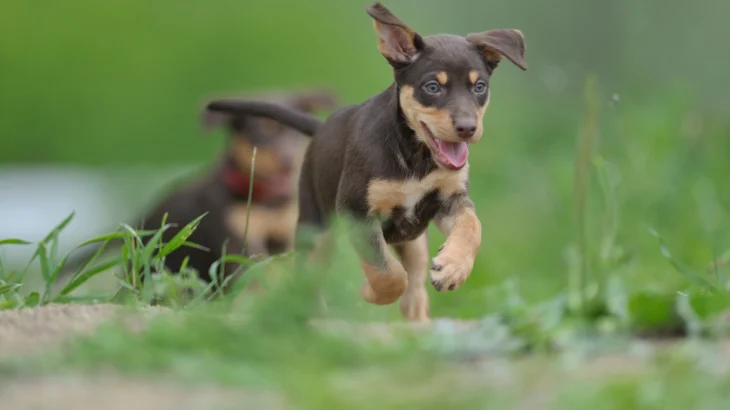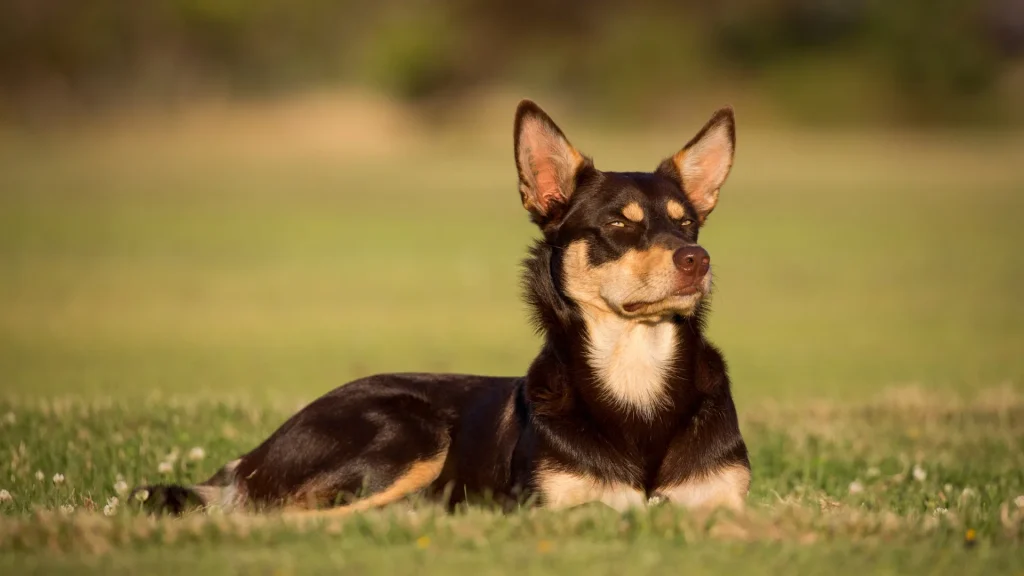Deciding between adopting or purchasing an Australian Kelpie puppy depends on your priorities regarding cost, health transparency, and ethics. Purchasing from a responsible breeder usually offers detailed health info and pedigree, while adoption can be more affordable and supports animal welfare.
Adoption vs. Breeder: Pros & Cons
| Criteria | Buying from Breeder | Adopting from Shelter/Rescue |
|---|---|---|
| Cost | Higher initial cost due to breed purity and breeder overhead. | Lower adoption fees, often including vaccines and spaying/neutering. |
| Health History | Detailed health records and genetic testing from responsible breeders. | Health history may be limited; shelters provide basic health checks. |
| Age Availability | Primarily puppies, allowing early training and socialization. | Variety of ages available, including adult dogs ready for bonding. |
| Ethical Considerations | Supports responsible breeding programs focused on health. | Helps reduce pet overpopulation and saves dogs in need. |
| Breed Purity & Pedigree | Clear pedigree and breed standards guaranteed. | Breed purity may be unknown or mixed. |
| Return Policy & Support | Reputable breeders often offer return policies and ongoing support. | Support may be available through shelter or rescue groups. |




















































